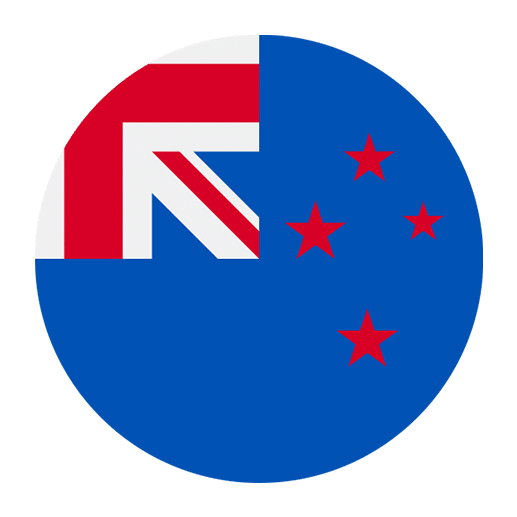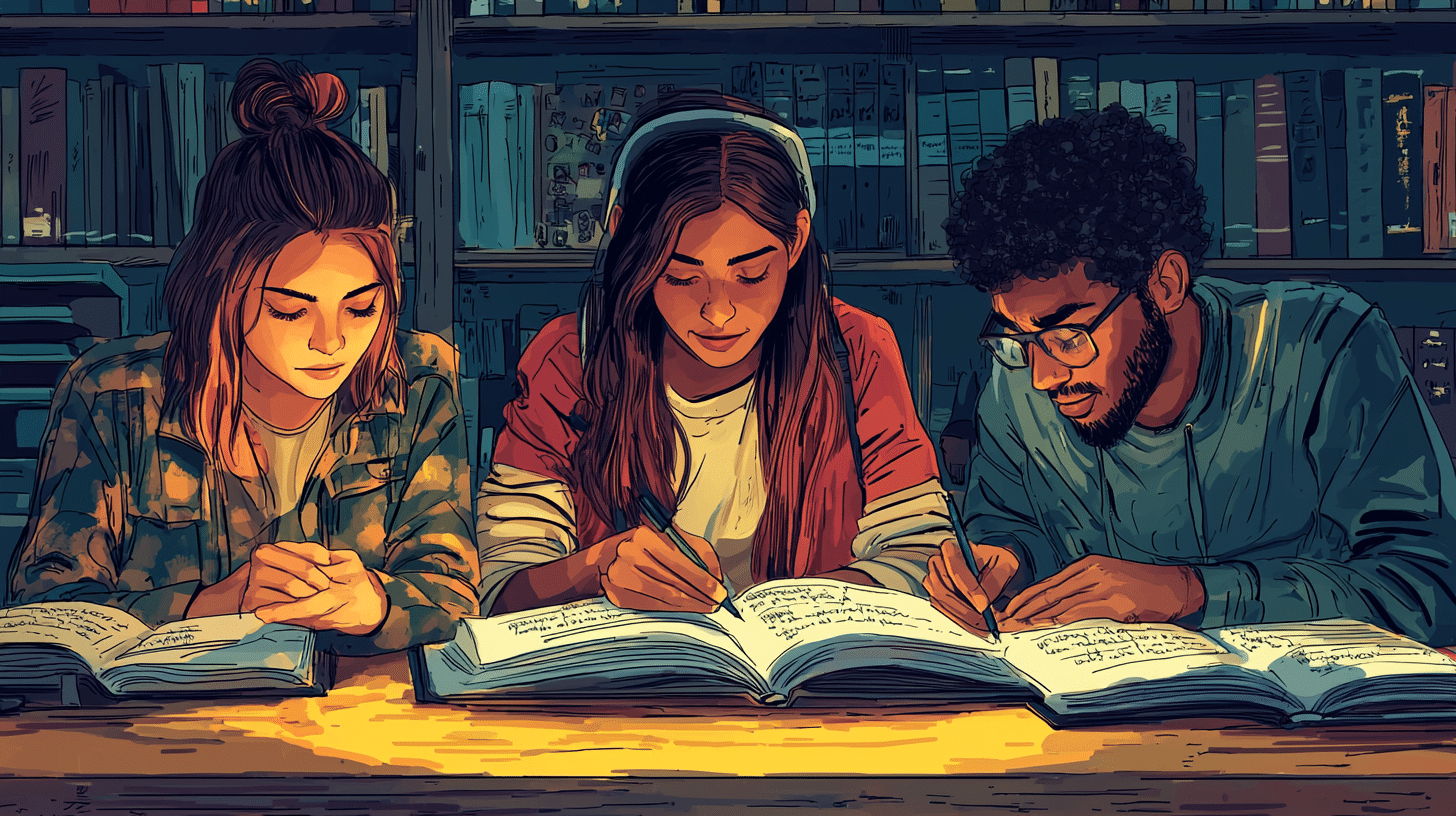Oral histories have been integral to the cultural fabric of many indigenous communities around the world. One such community that has preserved its rich oral traditions is the Māori of New Zealand (Aotearoa in Māori). The Māori language, or te reo Māori, is not just a means of communication but a vessel for transmitting values, beliefs, and histories. In recent years, there has been a resurgence of interest in learning and preserving te reo Māori, and one of the most compelling applications of this language is its use in recording and transmitting oral histories.
The Importance of Oral Histories
Oral histories serve as a living repository of a community’s past, encapsulating personal anecdotes, communal wisdom, and historical events. Unlike written histories, oral traditions offer a more dynamic and nuanced understanding of the past, often highlighting perspectives that may be overlooked or marginalized in written records. For the Māori, oral histories have played a crucial role in the preservation of their identity, culture, and traditions over generations.
Cultural Preservation
Te reo Māori is imbued with cultural significance. The language itself carries the essence of Māori worldviews, values, and traditions. When Māori oral histories are recorded and transmitted in te reo Māori, they maintain their cultural integrity and authenticity. The language provides context and meaning that may be lost in translation. This preservation is vital for maintaining the cultural heritage and ensuring that future generations have access to the full richness of their ancestral knowledge.
Community Bonding
Oral histories are often shared in communal settings, such as marae (meeting grounds) or whānau (family) gatherings. These settings foster a sense of community and belonging, as individuals come together to listen, learn, and share stories. The use of te reo Māori in these narratives strengthens the bonds within the community, as language is a powerful unifier. It reinforces a shared identity and collective memory, promoting social cohesion and intergenerational connection.
Challenges in Recording Oral Histories
While the importance of recording and transmitting oral histories in te reo Māori is clear, there are several challenges that need to be addressed.
Language Proficiency
One of the primary challenges is the level of proficiency in te reo Māori among the community members. For many years, te reo Māori was marginalized and even actively suppressed, leading to a decline in the number of fluent speakers. While efforts to revitalize the language have been successful, there is still a need for greater fluency among both the younger and older generations to ensure accurate and meaningful transmission of oral histories.
Technological Barriers
Recording oral histories requires access to appropriate technology, such as audio and video recording equipment. While technology has become more accessible in recent years, there may still be barriers related to cost, technical know-how, and digital literacy. Ensuring that communities have the resources and skills to effectively record and preserve their oral histories is crucial.
Intellectual Property and Cultural Sensitivity
Another challenge is the need to navigate issues related to intellectual property and cultural sensitivity. Oral histories are often considered communal knowledge, and there may be specific protocols and permissions required for recording and sharing these stories. Respecting these protocols and ensuring that the community has control over how their histories are used and shared is essential.
Strategies for Effective Recording and Transmission
Despite these challenges, there are several strategies that can be employed to effectively record and transmit Māori oral histories in te reo Māori.
Language Revitalization Initiatives
Supporting language revitalization initiatives is a critical step in ensuring that oral histories can be accurately recorded and transmitted in te reo Māori. This includes promoting language education in schools, offering community classes, and encouraging the use of te reo Māori in everyday settings. The more fluent speakers there are, the more robust the transmission of oral histories will be.
Community-Led Projects
Oral history projects should be community-led, with Māori communities taking the lead in deciding what stories to record and how to share them. This ensures that the projects are culturally appropriate and reflect the community’s priorities and values. Engaging elders, who are often the keepers of oral histories, as well as younger generations, can help bridge the gap between the past and the future.
Utilizing Technology
Leveraging technology can enhance the recording and transmission of oral histories. This includes using high-quality audio and video recording equipment, as well as digital platforms for storage and sharing. Creating digital archives that are accessible to the community can help preserve these histories for future generations. Additionally, using technology to create interactive and engaging presentations of oral histories can make them more appealing to younger audiences.
Collaborative Efforts
Collaborating with academic institutions, cultural organizations, and other stakeholders can provide additional resources and expertise for recording and transmitting oral histories. These collaborations can also help ensure that the projects are conducted ethically and that the resulting recordings are preserved and accessible.
The Role of Education
Education plays a vital role in both the recording and transmission of Māori oral histories. Integrating oral history projects into educational curricula can provide students with a deeper understanding of their cultural heritage and the importance of te reo Māori.
School Programs
Incorporating oral history projects into school programs can engage students in meaningful learning experiences. Students can interview elders, research historical events, and create their own recordings of oral histories. This not only helps preserve these histories but also fosters a sense of pride and connection to their culture.
Higher Education
At the higher education level, universities and colleges can offer courses and research opportunities focused on Māori oral histories. This can include training in recording techniques, ethical considerations, and the use of technology. Academic institutions can also collaborate with Māori communities to support community-led oral history projects.
Community Workshops
Community workshops can provide training and resources for individuals interested in recording oral histories. These workshops can cover topics such as language proficiency, recording techniques, and digital archiving. By empowering community members with the skills and knowledge needed to record oral histories, these workshops can help ensure the preservation of these important narratives.
Case Studies and Examples
Examining successful examples of Māori oral history projects can provide valuable insights and inspiration for future efforts.
Ngā Taonga Sound & Vision
Ngā Taonga Sound & Vision is New Zealand’s audiovisual archive, which houses a vast collection of Māori oral histories. The organization works closely with Māori communities to ensure that these recordings are preserved and accessible. Ngā Taonga also offers training and support for communities interested in recording their own oral histories.
Te Wānanga o Raukawa
Te Wānanga o Raukawa, a Māori tertiary education institution, has a strong focus on the preservation and transmission of Māori knowledge and culture. The institution offers courses and programs that incorporate oral history projects, providing students with the skills and knowledge needed to record and share these important narratives.
Te Reo o Taranaki
Te Reo o Taranaki is an initiative aimed at revitalizing the Taranaki dialect of te reo Māori. As part of this initiative, the organization has recorded numerous oral histories from Taranaki elders. These recordings are used as educational resources and are accessible to the community, helping to preserve both the language and the cultural heritage of the region.
Conclusion
The use of te reo Māori to record and transmit oral histories is a powerful way to preserve the cultural heritage and identity of the Māori people. Despite the challenges, there are numerous strategies and initiatives that can support this important work. By promoting language revitalization, supporting community-led projects, leveraging technology, and integrating oral history projects into education, we can ensure that these valuable narratives are preserved for future generations. Through these efforts, the rich tapestry of Māori oral histories will continue to be a living and dynamic part of the cultural landscape, enriching the lives of those who hear and share these stories.

